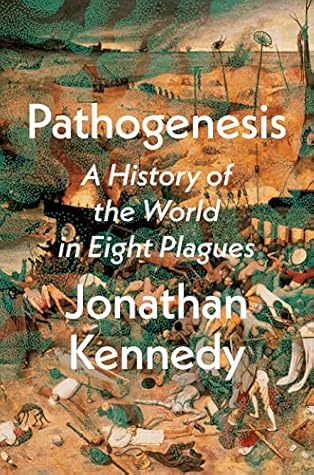For two centuries after the Plague of Justinian (541–49), Yersinia pestis caused repeated epidemics in Europe, the Middle East and North Africa. Then there is no record of a plague outbreak for more than 500 years.[8] But the bacteria hadn’t disappeared entirely. They continued to survive among gerbils and marmots in the mountains of Central Asia. When the climate changed, these wild rodents emerged from their isolated habitats once again, and the stage was set for the first major outbreak of plague in half a millennium.
Its odd that such an insignificant animal - one that few people can identify even - had such an impact on the outcome of human history


